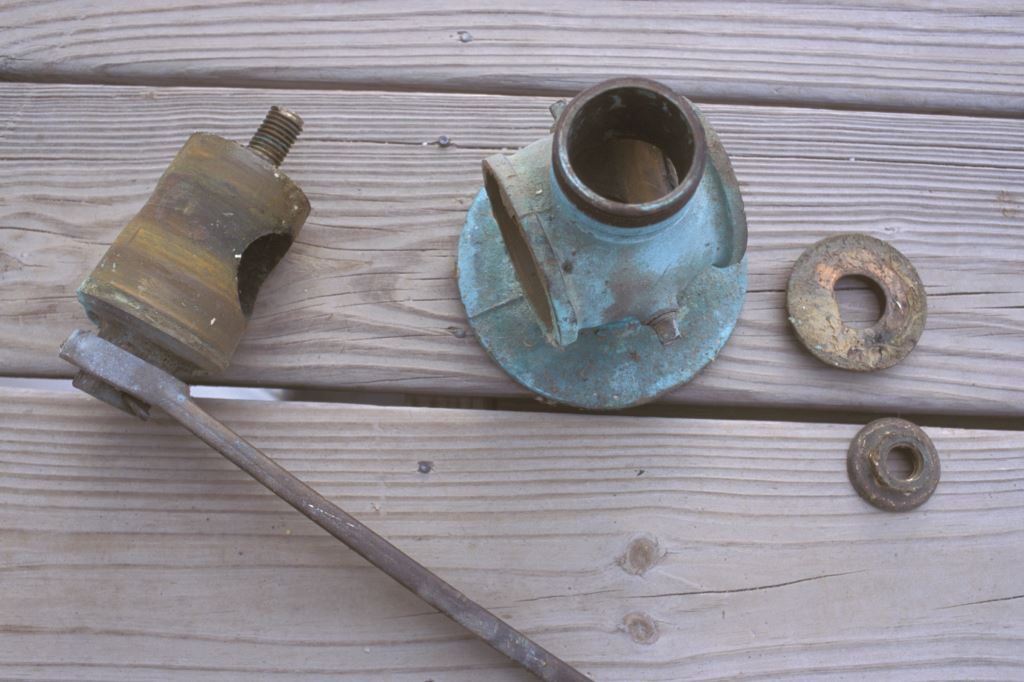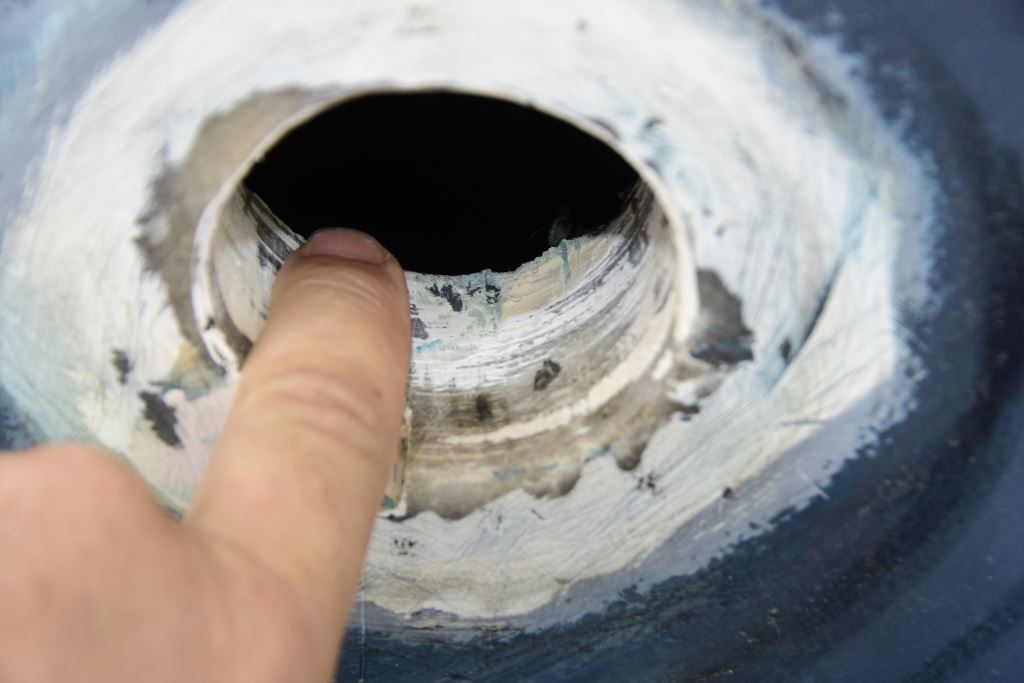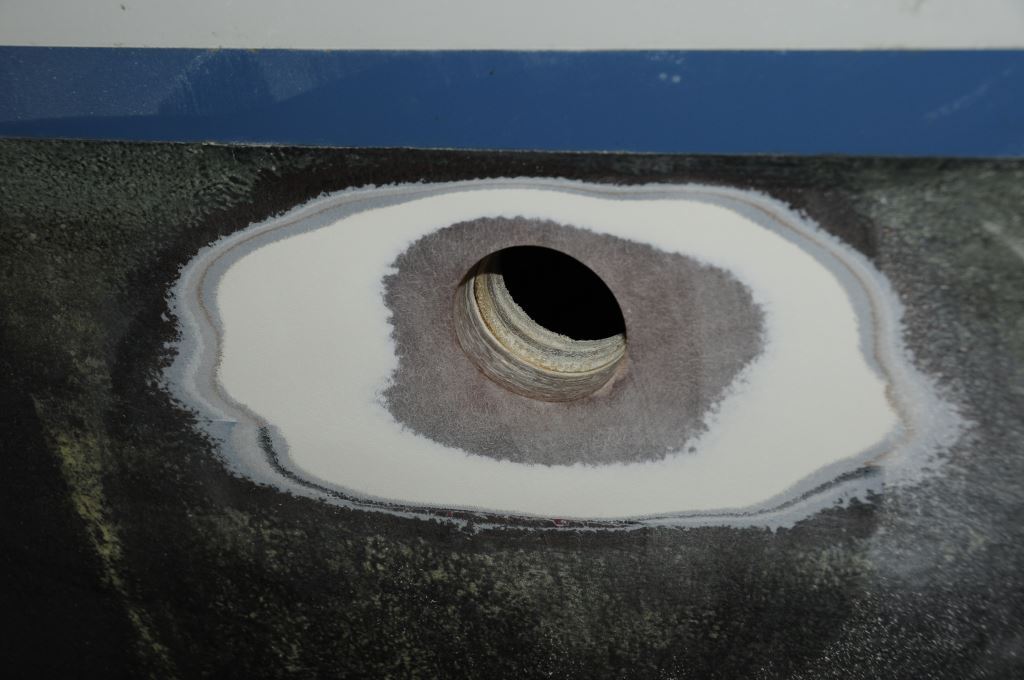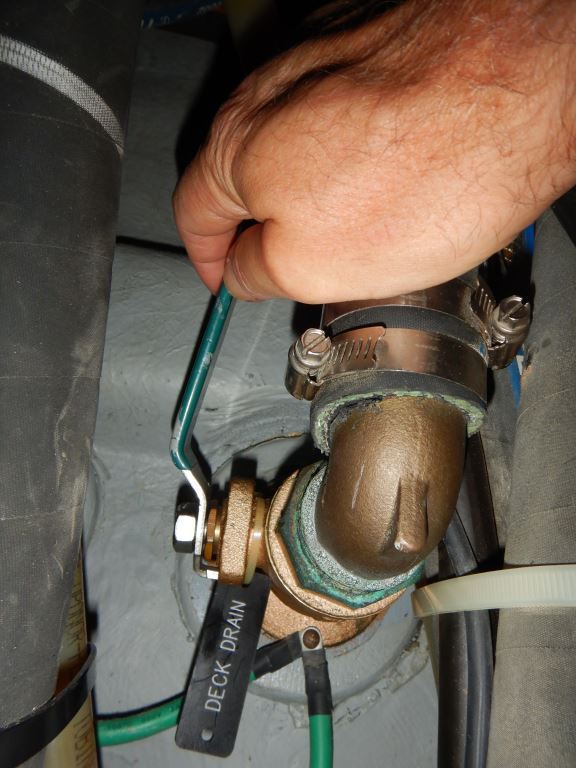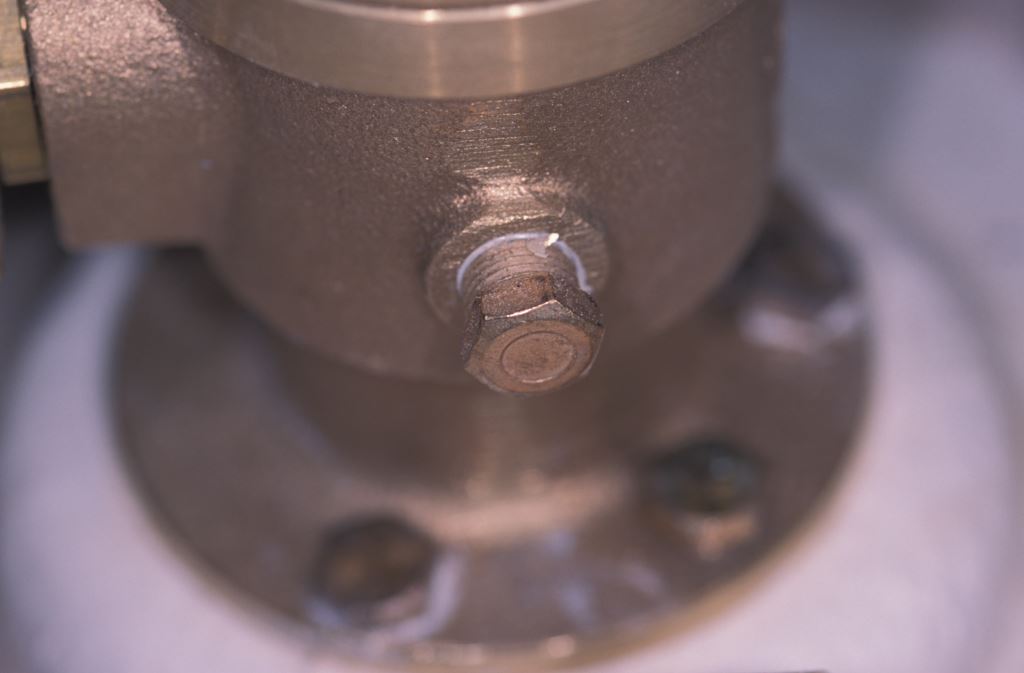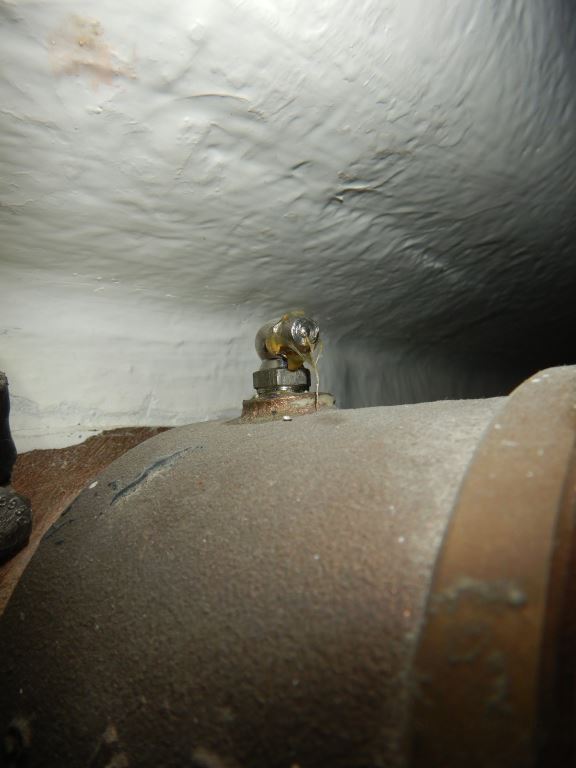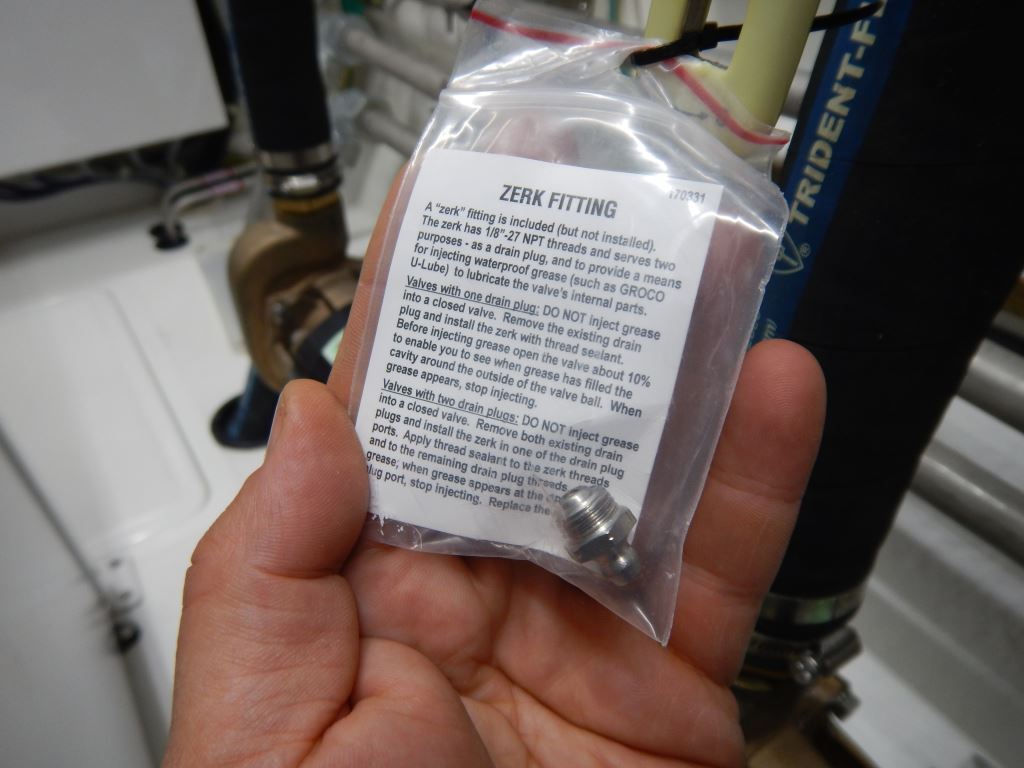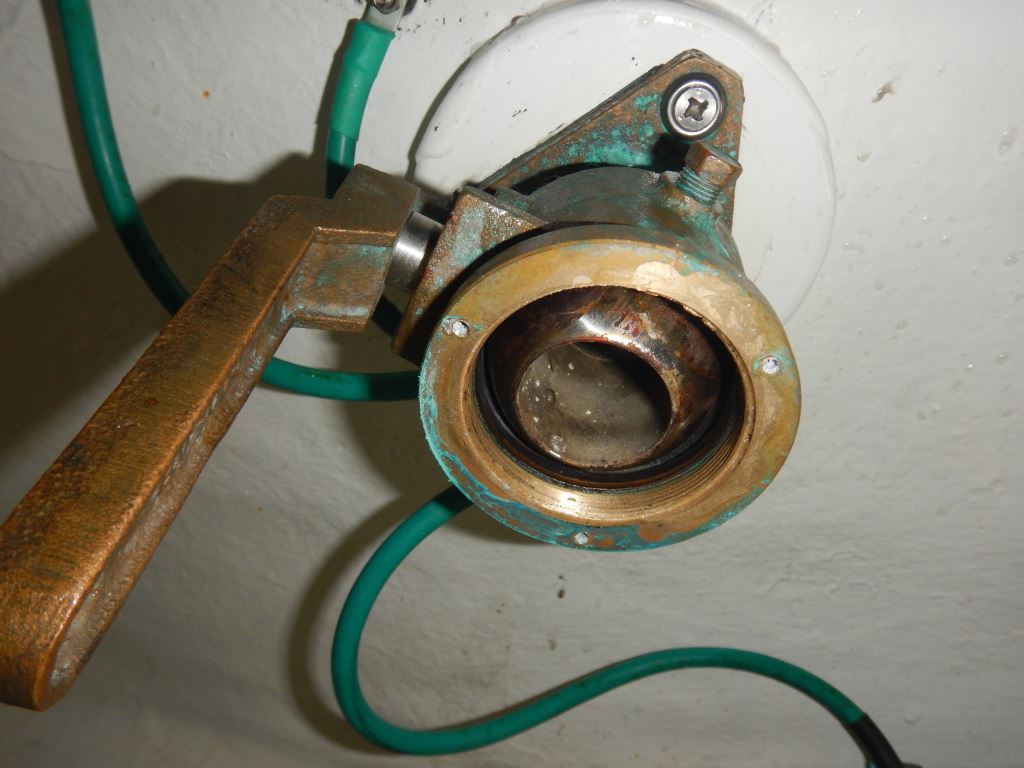From the Masthead
Complexity
Complexity is a balance; one person’s complexity is another’s comfort. I routinely have folks contact me and say, “I want to build a blue water cruising vessel, but I want to keep it simple”. In fact, there’s nothing simple about modern cruising vessels, everyone wants the creature comforts we all enjoy at home; with that comes complexity, it’s simply unavoidable. It’s a bit like asking for roll up windows on your new Lexus or Mercedes.
In the early 2000s, those who were having boats built were scrambling to buy up the last remaining mechanically-controlled diesel engines, hoping to avoid the perceived “unreliability” of the incoming electronically-controlled, and high-pressure common rail engines. That turned out to be unnecessary, as electronically-controlled diesels proved to be not only reliable, but better in many ways than conventional diesels, including, among other things, the very valuable ability to self-diagnose, as well as cleaner and more efficient operation.
Having said all that, I’m opposed to unnecessary complexity, and that, unfortunately, is all too common on many new vessels. “Complex” components, like the now common electro-hydraulic steering for instance, that are well-engineered, well-made, well-proven, well-supported and ubiquitous (what I call, ‘the critical 5’), represent low risk complexity. Remove any one of those five criteria and the risk goes up, remove two or more and it goers up exponentially; so once again there’s complexity and there’s complexity.
If you are concerned about the effects of lightning on electro-hydraulic steering, then you should be equally concerned about the effects of lightning on engine ECUs, and electronic shift and throttle controls, both of which are now near universal on cruising vessels.
Conversely, the complexity of a conventional hydraulic steering system is considerable, and if it’s power assisted via an engine-driven power take off or PTO (necessary for larger vessels if you eschew electro-hydraulic steering), then that complexity is magnified, as it includes a PTO, pump, filter, reservoir, and raw water heat exchanger, all of which I’ve seen fail. Personally, I embraced electro-hydraulic steering to be rid of all of the potential failure-prone components associated with PTO power-assisted steering.
In most cases, there are gallons of hydraulic fluid, and 100 or more feet of plumbing, and a score or more of fittings, in the average conventional hydraulic steering system. Electro-hydraulic steering has a fraction of these items. Virtually all larger cruising vessels, 80-feet and above, as well as nearly all commercial vessels, Coast Guard as previously noted, and naval vessels, use electro-hydraulic steering. All cruising vessels should have back-up steering ability, regardless of steering system type.
Fuel filtering centrifuges, the most common being those from Alfa-Laval, are another example, these systems are complex, however, they meet the aforementioned critical five criteria, and thus have significant value to the long-distance cruising vessel.
There is a right and wrong way to handle complexity, a handful of builders have proven that they are capable of achieving this goal, while many others are, in my experience, not nearly as adept at achieving this standard. However, if you use complex components that don’t meet the critical 5, especially in key system like propulsion/running gear, steering, ground tackle, etc., you may find yourself a marina queen awaiting professional support.
In my experience, pretty much all hybrid electric propulsion systems are missing at least one, and usually several, of the critical 5. I’m not saying they aren’t interesting and possibly worthy in some applications, and you need brave early adopters to overcome some of these issues, however, you also need to decide if being one of those is worth the return on investment.
More on the subject of complexity here.
This month’s Marine Systems Excellence e-Magazine feature covers the subject of disused seacocks and seacock lubrication, I hope you find it both interesting and useful.
Seacock Lubrication, and Dealing with Disused Seacocks
Filling the hole left by a removed seacock is no small undertaking, it requires a substantial 12:1 “scarf” ratio.
It borders on the maniacal; boat owners fret over disused seacocks. Understandably, it’s a question I’m asked with surprising regularity, ‘what should I do with a seacock I’m not using?” There are two primary approaches to dealing with this conundrum; the first is simple, it involves retaining the seacock while making certain it is sound, and remains that way indefinitely.
It is perhaps among a vessel’s greatest raw water liabilities; a seacock that is in poor repair, is seized open, or corroding, any one of which could lead to a catastrophe. All seacocks should be maintained in good working order regardless of whether or not they are in active use, they should be easy to open and close, and they should be free of all signs of decay or corrosion.
All seacocks, whether used or dormant, must remain operable.
Bronze, a copper alloy, will develop a green patina, what’s commonly referred to as verdigris; it’s completely normal and entirely harmless, and seacocks are no exception. Corrosion that takes on a pinkish hue, on the other hand, is cause for concern. It signifies that the alloy in question is not a true bronze, true bronze alloys are made up of copper and tin, with trace amounts, usually low single digit percentages, of silicon, aluminum, manganese, or zinc. With some exceptions, only true bronze, i.e., low zinc content, alloys should be used in raw water applications. The pink coloration indicates the loss, by galvanic corrosion, of zinc, leaving behind a porous, weak copper lattice. Bronze that contains more than a trace amount of zinc is in fact brass by definition, and the more zinc it contains the more susceptible it is to failure as a result of dezincification. With few exceptions, brass should not be used in raw water applications, it has been the source of both flooding and sinking. For more on dezincification, see this article.
Drain plugs used on metallic seacocks must be made from bronze and not brass. Bronze plugs in the size typically used, 1/8” – 27 NPT, are not commonly available, which means it may be necessary to source them from the seacock manufacturer.
If a seacock is unused, you can begin ensuring it remains secure by making certain it functions. The handle should rotate through 90° without excessive effort. If it can accept a grease or “zerk” fitting, it should be pumped with high viscosity, water-resistant grease; avoid using silicone, Teflon, or white lithium greases, these are all too light and lack adequate water resistance. Some seacock manufacturers offer their own proprietary grease; Groco’s includes a marine growth inhibitor.
The addition of zerk fittings has been a boon to seacock maintenance, making it easy to keep them lubricated and functional. It’s important that zerk fittings remain accessible after a seacock has been installed. In this case, a 90 degree fitting has been used to ensure a grease gun can be attached.
Groco’s zerk fitting, and installation and use instructions.
Ball and cone or taper plug seacocks must be greased in the open position. If greased while closed, the grease is simply pumped into the bore of the ball or plug, where it does no good, rather than into the void between ball/plug and the inside of the valve body.
This image, of a partially disassembled seacock, illustrates why it is necessary to ensure that the valve is open when applying grease using the zerk fitting; the grease will fill the void between the ball and the inside of the seacock body. If the valve were closed, grease would be pumped into the ball’s void, where it would do no good.
Of course, this procedure holds true for active seacocks as well, if greaseable they should by all means be greased. For dormant seacocks, while closed, the top of the valve, the portion accessible from the inside the vessel, should be packed with grease, and then capped with a bronze pipe cap or plug, depending on thread design.
This abandoned seacock has been properly capped using a pipe plug. Although it can be equipped with a zerk fitting, none has been installed.
Do not use a section of hose, which is then capped. Now, even of inadvertently opened, the valve cannot be the source of flooding, and the grease reduces the likelihood of seizure and corrosion.
Cone-style seacocks can be disassembled, cleaned, lapped using valve grinding compound, greased and reassembled. One of the drain plugs on the one shown here could have a zerk fitting installed.
The second approach to dealing with disused seacocks is more complex, more time consuming, invasive, messy and it requires a specialized skill set. It’s also the route many instinctively choose, believing it to be the most secure. It involves removal of the seacock all together and filling the hole with fiberglass, using what’s known as a ‘secondary bond’, detailed here. I have on several occasions seen this accomplished by filling the void left by seacock’s thru-hull fittings with an appropriately-sized fiberglass plug, one of equal thickness to the hull, retained with epoxy, and then glassed over on one or both sides with a layer of fiberglass fabric. It sounds simple, and it is, and it’s also deadly wrong. This ‘quick and dirty’ technique lacks the necessary interface with the hull to be strong and reliable. The correct approach involves grinding a minimum of a 12:1 ‘scarf’, a dish-shaped depression, in the inside or outside of the hull (a ½” thick hull would require a scarf radius of 6” from the edge of the hole), and then laying in successive layers of fiberglass fabric and resin. The scarf provides the area needed for both adhesion and stiffness.
Given the choice, I nearly always choose the first option of ensuring functionality, greasing, and capping. In addition to its general overall robustness, keeping the seacock means it could be used by you, or a future owner, should a raw water source be needed, while avoiding the labor and potential liability of a secondary bond.

